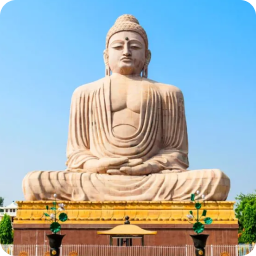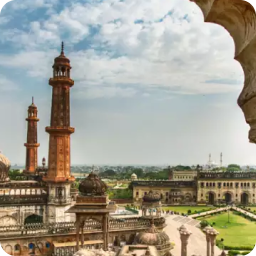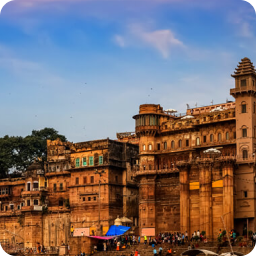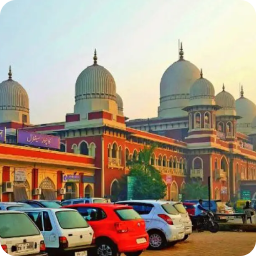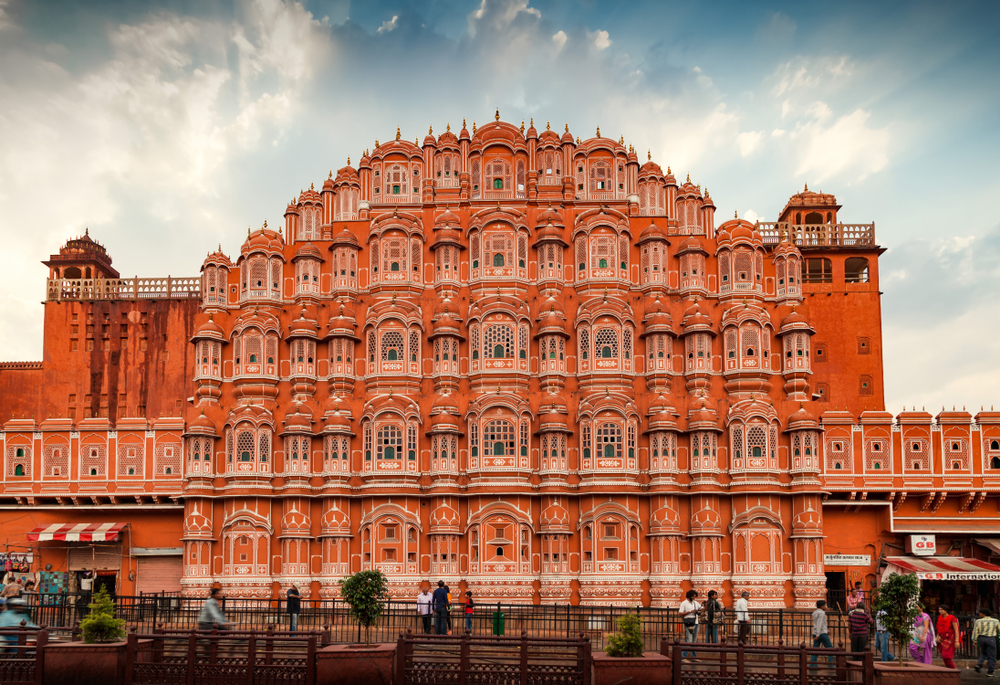| PARAMETER |
CENTRAL COUNCIL OF MINISTER (CCOM) |
STATE COUNCIL OF MINISTER (SCOM) |
| APPOINTMENT, OATH & SALARY |
- Other ministers are appointed by the President on the advice of the Prime Minister.
- The oath to every new minister is administered by the President.
- Salary is determined by Parliament.
|
- Other ministers are appointed by the Governor on the advice of the Chief Minister.
- The oath to every new minister is administered by the Governor of State.
- Salary is determined by the State legislature.
|
| CONSTITUTIONAL PROVISIONS |
Article 74 (CoM to aid and advise President) /163 (CoM to aid and advise Governor):
- The President/Governor shall act in accordance with the advice of CCoM/SCoM with the PM/CM as the head.
- The President can ask for reconsideration of advice tendered but then reconsidered advice is binding.
- Advice tendered by CCOM/SCOM cannot be inquired by any court.
- Even after the dissolution of the Lok Sabha/State Legislative Assembly the CCOM/SCOM did not cease to hold office (by SC in 1971).
- Wherever the Constitution requires the satisfaction of the President/Governor, the satisfaction is of the CCOM/SCOM (by SC in 1974) not of president/governor alone.
|
Article 75/164:
- Ministers are appointed by the President/Governor on the advice of the PM/CM and hold office during the pleasure of the President/Governor.
- Oaths of office and secrecy to a minister by President/Governor.
- Salary is determined by Parliament/State Legislative Assembly.
- Total no. of CCOM/SCOM including PM/CM should not be more than 15% of total strength of Lok Sabha (91st CAA, 2003). Exact size and classification not mentioned in the Constitution determined by the PM/CM as per time and requirements of the situation.
- The number of ministers in state legislature, including the CM, in a state shall not be less than 12 (91st CAA, 2003)
- CCOM/SCOM collectively responsible to the Lok Sabha (not Parliament)/State Legislative Assembly.
- Person, not a member of any house of parliament can become minister maximum for a duration of six months.
- A member who is disqualified on the ground of defection shall also be disqualified to be appointed as a minister (91st CAA, 2003).
|
Article 88/177:
- Every Minister has the right to speak and take part in proceedings of both the houses but can only vote where he is a member.
- A minister who is a member of one House of the Parliament/state legislature has the right to speak and to take part in the proceedings of the other House. But he can vote only in the House of which he is a member.
|
| RESPONSIBILITY OF MINISTER |
Collective Responsibility:
- CCOM/SCOM work as a team swims or sinks together.
- If Lok Sabha/State Legislative Assembly passes a no-confidence motion, the entire CCOM/SCOM has to resign including ministers from the Rajya Sabha/State Council of Ministers.
- Cabinet decisions are binding on all cabinet ministers (and other ministers). If any minister disagrees with a cabinet decision and is not prepared to defend it, he must resign. (Recent Ex: Akali dal MP resigns as minister on Farm Law issue)
Individual Responsibility:
- States that the ministers hold office during the pleasure of the president, which means that the President can remove a minister even at a time when the CoM enjoys the confidence of the Lok Sabha on the advice of the Prime Minister.
No Legal Responsibility:
- Unlike Britain, there is no provision in the Constitution for the system of legal responsibility of a Minister.
|
|
OTHERS |
Union State Council of Minister:
- Constitutional body, dealt in detail by the Articles 74 and 75 of the Constitution.
- Wider body 60 to 70 ministers.
- Includes all the three categories cabinet ministers, ministers of state, and deputy ministers.
- Does not meet, as a body, to transact government business.
- Implements the decisions taken by the cabinet.
Cabinet:
- Inserted through 44th CAA, 1978 in Article 352, which only defines the cabinet and does not describe its powers and functions.
- Smaller body – 15 to 20 ministers.
- Includes the cabinet ministers only.
- Meets, as a body, frequently and takes decisions regarding the transaction of government business.
- Supervises the implementation of its decisions by the State Council of Ministers.
Kitchen Cabinet:
- Informal body consists of the PM and two to four influential colleagues in whom he has faith and with whom he can discuss every problem called the ‘Inner Cabinet’ or ‘Kitchen Cabinet’ has become the real centre of power.
- Composed of not only cabinet ministers but also outsiders like friends and family.
- Phenomenon of ‘kitchen cabinets’ is not unique to India; it also exists in the USA and Britain.
|








